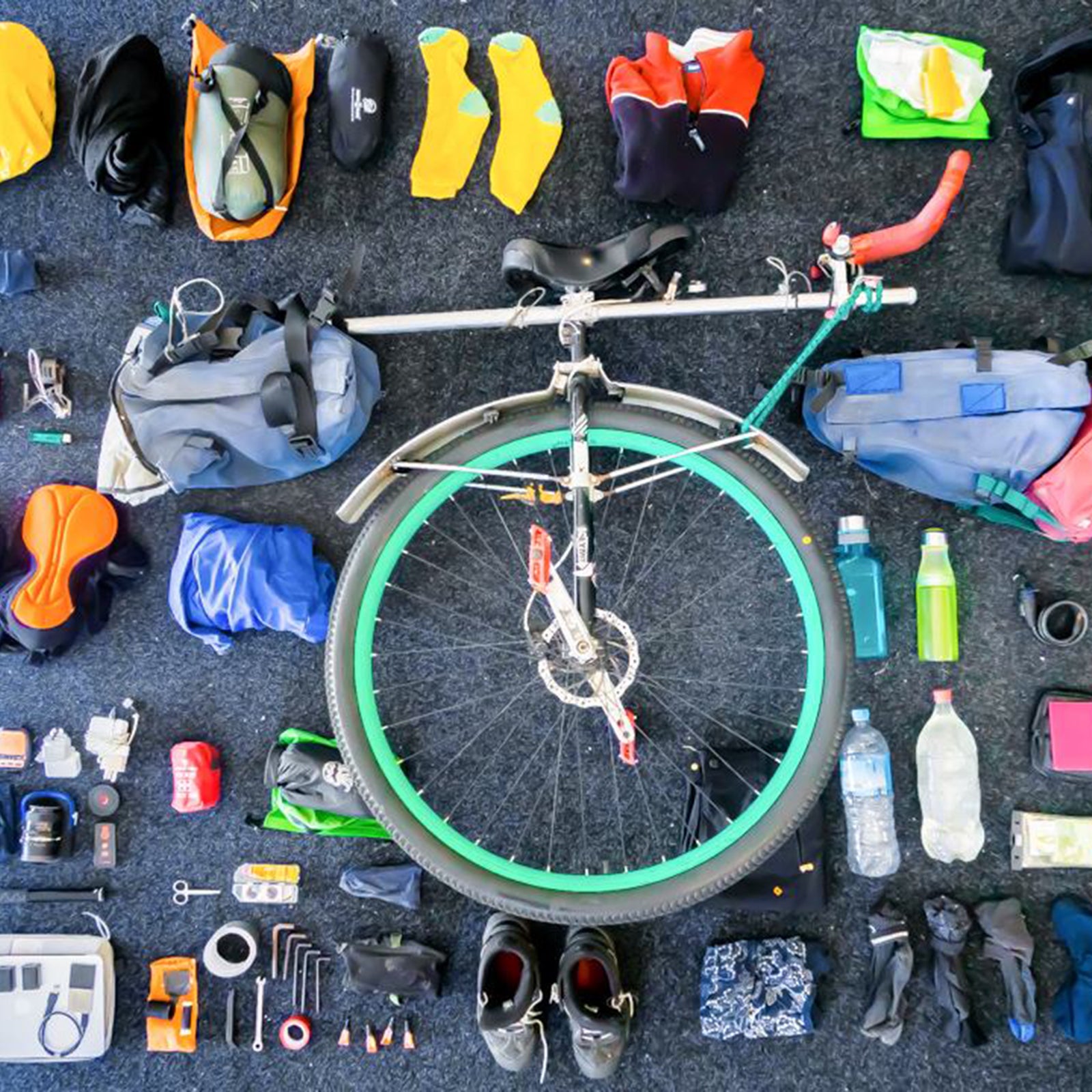In March 2015, then 19-year-old Ed Pratt left his home in Somerset, England, on a mission to become the first person to circle the globe on a unicycle. Three years and 21,000 miles later—after crossing Europe, the Middle East, Asia, Australia, New Zealand, and the U.S.—he rolled back to his starting point and a cheering 500-person��crowd, successful in both his final dismount (he was worried about that) and a new record.��
https://www.youtube.com/embed/fJTwj0T4Ee8
Check out an��episode of Unicycling Across America.
Along the way, Pratt fought fought crosswinds through Australian deserts, almost got hit by a car that was��spinning on ice in Kyrgyzstan, and performed karaoke to Meatloaf’s “Paradise by the Dashboard Light” at a Tibetan New Year party. He documented his��adventures and misadventures��in his entertaining YouTube series����and is still dropping new episodes of his travels across the U.S. Pratt also raised close to $400,000 for , a UK-based charity that provides school supplies for underprivileged kids around the globe.
Before he set out, Pratt said he was confident he could ride up to 40 or 50 miles a day. The main challenge was finding a way to carry all his gear, and—as he quickly discovered—replacing all the stuff that broke or wore down over time. He shared his 12 gear essentials with ���ϳԹ���.
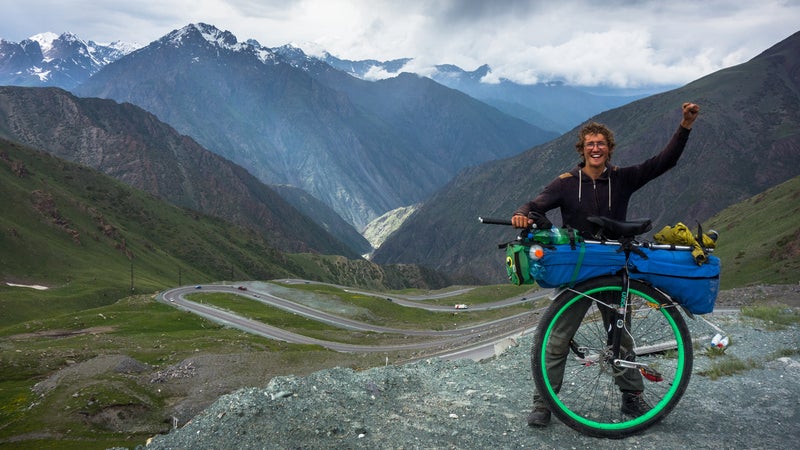
Bike
“Unicycles are all fixed gear, so the biggest variation is wheel size. The largest you can get is 36 inches, which is better for long rides because you’re not pedaling as much to go the same distance. I chose the ��unicycle,��because it’s one of the lightest and most durable on the market. Unicycles are pretty unstable things—I probably dropped it at least once or twice a week.”��
Tire
“There are only about three or four tires to choose from in this wheel size. I went with , a typical mountain-bike width, which was the best-of-both-worlds option between a road slick and a tire with a lot more grip. The Nightrider has tread but also works well on roads. I used five tires over the course of the trip—each one lasted about 5,000 miles.”��
Frame Bags
“You can’t just go out and buy unicycle panniers, so I turned to the man who once held the record for longest unicycle trip, , to make them. They’re not great, because they’re not waterproof and not particularly durable—I had to do a lot of maintenance on them��and even get them completely remade midtrip. But the front and back bag were the right size and shape. They didn’t rub my knees and made use of the limited space I had.”��
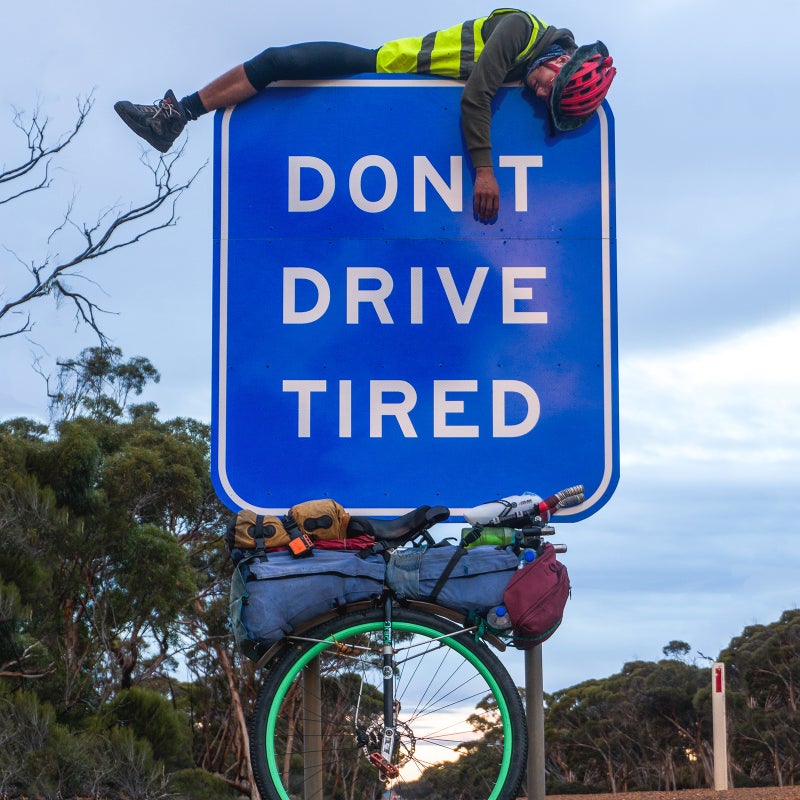
Frame Rack
“The challenge was figuring out how to actually attach the panniers to the unicycle. My granddad created an aluminum frame for attachment. He’s built everything from a grandfather clock to a scale model of a fire engine, so if anyone was going to create a custom unicycle luggage rack, it was him. He came up with a very good design—I could even break it apart if I needed to fly.”
Sleeping Bag
“I went through three sleeping bags. The first was a , which was a three-season down bag. Down is light and warm, but it always eventually clumps up and then isn’t as effective in the cold. So I replaced it with another down bag from a Chinese brand, a , and then later got a ��in the U.S., which I still use.”��
Sleeping Pad
“My sleeping pad was a , my fourth of the trip. They’re really lightweight and comfortable, but the seams fatigue��after about six months, and you have to start patching them.”��
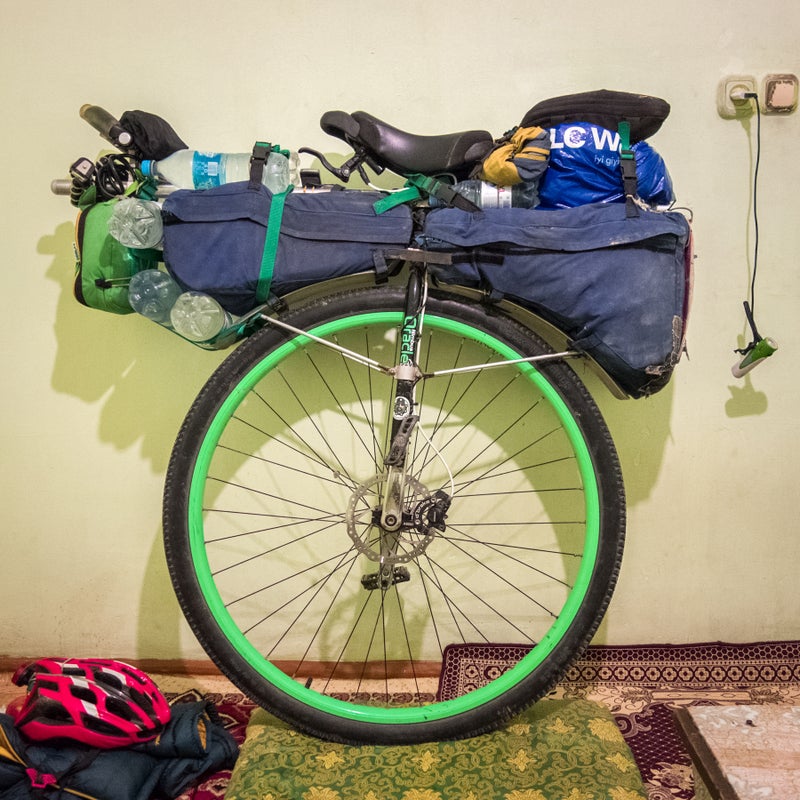
Tent
“My first tent, the , did alright. The poles were thin, and the pegs were like toothpicks, but it was nice having something so lightweight. Eventually, the fabric started to break, and a dog ripped into it in Turkey. Then it got blown over on top of a sand dune in China and was never the same. So after a year and a half, I bought an , which held me the rest of the trip. It’s a good tent with a reasonable amount of space.”��
Shoes
“I only used one type of shoe for the entire trip: ��mountain-bike shoes. I went through four pairs. They’re a bit heavy, and your feet get��a little warm, but they’re good at gripping the pedals, and��the high cuffs��give you that confidence that you won’t turn an ankle when you come off the bike.”��
Camera
“I started my journey with a , which was alright for photos and a little bit of video. I went through two and then broke another one in Kyrgyzstan. I was just using the stuff too hard. Dust would get in and break the lenses. I was also doing a lot of time-lapse videos, which puts a lot of strain on the motor of the camera.”��
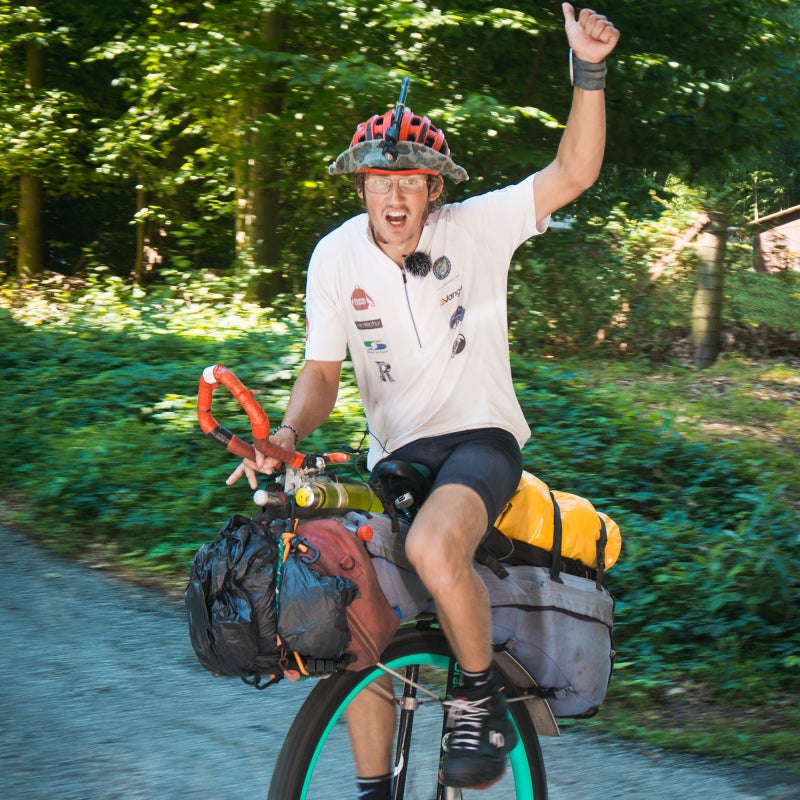
Mapping App
“I used an app on my phone called , which creates open-source maps that are completely free and downloadable. I never used it to route from A to B, I’d just look at a map and figure out a route as I went so I could make choices when the road split.”��
Inflatable Globe
“I couldn’t carry many extras, because I wanted to stay as light as possible, but I did carry . It was good to bring out around kids��or just to show people where I came from and where I was going, which was useful in places where I couldn’t speak the language.”����
Stove
“My stove system lasted the whole trip! It’s a , and you can do anything with it—attach gas bottles��or use diesel or petrol [gasoline]. I ran it on petrol��the whole trip, because it was the cheapest and most reliable to get ahold of. The stove was built to be lightweight and modular, so you can easily take it apart and clean it. I’m sure it’ll last another ten��years.”


